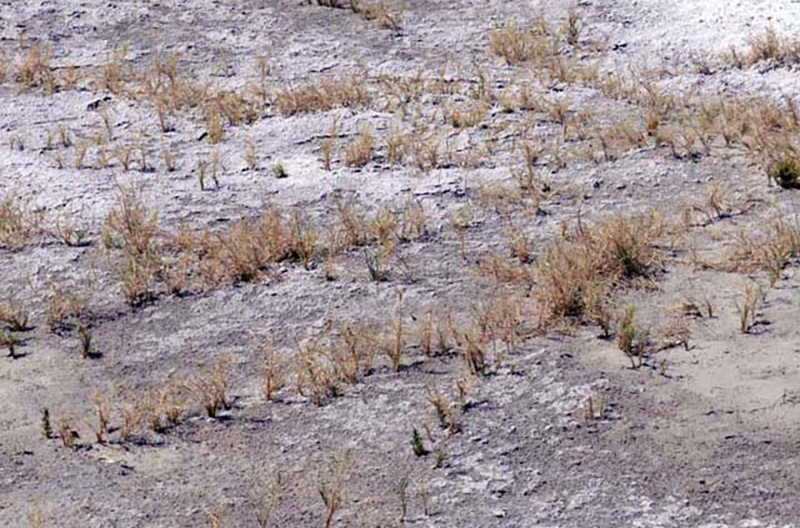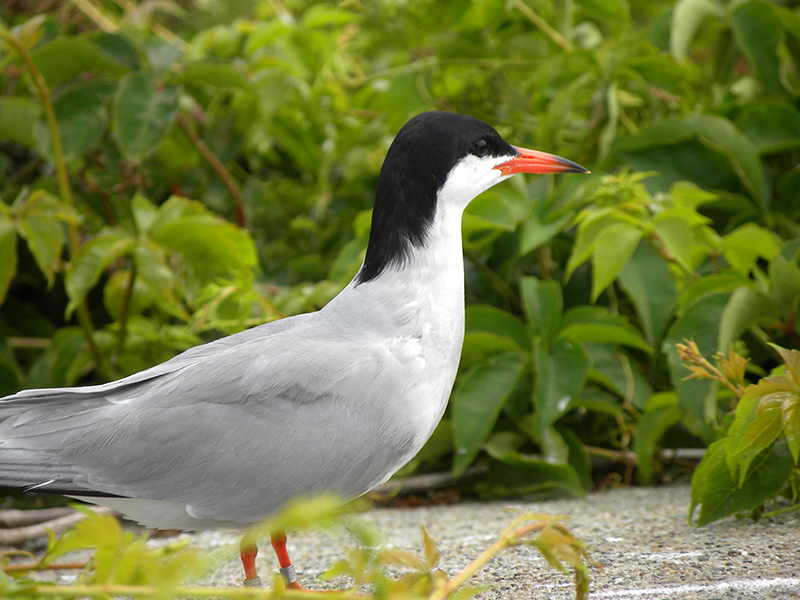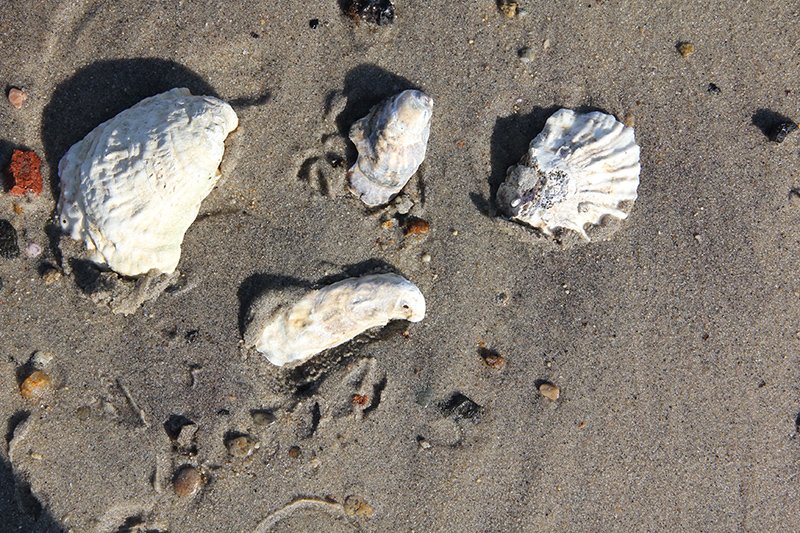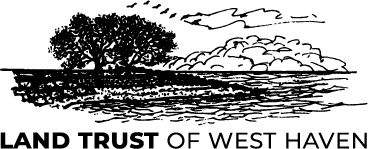Why Shoreline Restoration is Important
The Eco Park at West Haven showcases shoreline restoration and coastal resilience in action. This 1.5-acre site, once overgrown with invasive plants, has been transformed into a model for coastal ecosystem restoration. It highlights the importance of preserving natural coastal habitats and is an educational resource for visitors to learn about the benefits of nature-based coastal restoration practices.
The Function, Value, and Benefits of Beaches and Dunes
Beaches and dunes are vital coastal habitats that enhance community resilience. These ecosystems help communities adapt to rising sea levels and more intense storms by acting as natural buffers. By shielding inland areas from wave energy and high winds, healthy beaches and dunes reduce the risk of damage to homes, buildings, and infrastructure, helping coastal communities become more resilient to climate change.
Beaches and dunes also play a critical role in our economy. They create jobs in the fishing, tourism, and recreation industries, while restoration activities generate further economic opportunities. For example, FEMA estimates their aesthetic, recreational, and tourism value alone at over $300,000 per acre annually. Simultaneously, they provide essential services for both humans and wildlife that sustain biodiversity, improve water quality, support fisheries, and contribute to human well-being.
Unfortunately, these ecosystems face threats from development, pollution, invasive species, and climate change. Shoreline restoration involves enhancing and maintaining natural processes that will ultimately foster healthier, more sustainable communities. Protecting and restoring these habitats ensures they continue to provide their invaluable ecological, economic, and social benefits.
Restoration Techniques
Removing outdated structures: Abandoned groins, jetties, and bulkheads interfere with natural sand movement and should be removed to restore natural cycles. This allows beaches and dunes to rebuild and function as natural barriers against storms. Removal often involves careful planning to minimize disruption and ensure long-term habitat recovery.
Rebuilding dunes: Adding sand and planting vegetation like American beach grass can stabilize dunes and promote natural sand accumulation. Additional measures, such as installing snow fencing or using recycled Christmas trees, help trap sand and prevent erosion. Protecting these areas from foot and vehicle traffic is also critical to their success.
Controlling invasive species: Non-native plants and animals can outcompete native species and degrade coastal ecosystems. Restoration efforts involve removing invasive plants through cutting, targeted herbicide application, and monitoring regrowth. Public education about invasive species and responsible pet ownership further supports these efforts.
Constructing pathways: Raised or designated pathways help direct foot traffic away from sensitive areas, minimizing damage to vegetation and nesting wildlife. These pathways balance public access with habitat conservation, ensuring that visitors can enjoy the area responsibly.
Living shorelines: These innovative techniques combine natural elements like native plants, sand, and shellfish reefs with structural features such as stone sills or biologs. Living shorelines reduce erosion, dissipate wave energy, and maintain natural coastal processes. By blending ecological restoration with coastal protection, they provide sustainable solutions that enhance habitat and community resilience.
By learning about and supporting shoreline restoration efforts, we can protect our coastlines, strengthen community resilience, and ensure a sustainable future for generations to come.
Additional Resources
For more information, explore these resources:
Coastal Habitat Restoration | CT DEEP – Resources include a primer, details on various approaches to coastal habitat restoration, and information from successful habitat restoration projects.
Resources to Support Benefit-Cost Analysis | FEMA.gov – Here is where you can find the latest Benefit-Cost Analysis methodologies and tools including ecosystem service value updates.
Thriving Habitats and Abundant Wildlife – Long Island Sound Study – Here you can learn about the goals of the Long Island Sound Study to restore and protect various coastal habitats, including a Habitat Restoration & Protection Database.
Ecological Restoration – Save the Sound – Learn about the ecological restoration efforts that local nonprofit Save the Sound is involved in.
Living Shorelines ~ Restore America’s Estuaries – This website is a treasure trove of knowledge about what living shorelines are and how they are being applied around the country.
Guide showcases geology, ecology, wildlife of CT shoreline | Connecticut Sea Grant – This guide offers an in-depth exploration of Connecticut’s shoreline, highlighting the role of Long Island Sound as a natural barrier and emphasizes the dynamic nature of these coastal ecosystems. It includes practical insights for understanding and conserving shoreline habitats.

Spikegrass (Distichlis spicata)

Common Tern (Sterna hirundo)

Eastern Oyster (Crassostrea virginica)
